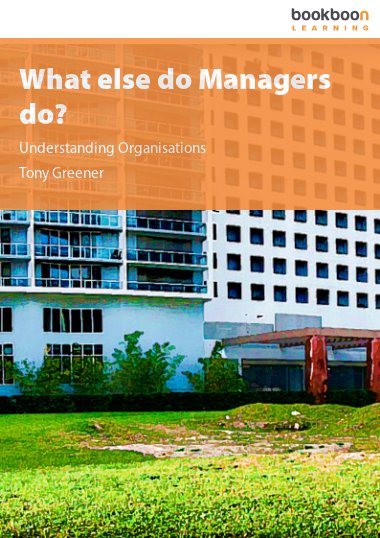In simple terms, the main goal of performance management is to motivate the staff of an organization to efficiently and effectively work towards larger corporate objectives. While this may sound like an easy task, however, performance management is remarkably complex, particularly in increasingly diverse workplaces where employees with different cultural and ethnic backgrounds, religions, sexual orientations, and identities all need to work together. What Else Do Managers Do? is a detailed but humorous management e-book which aims to demystify performance management and provide effective and practical strategies for today’s managers. It is available as a free download here.
What Else Do Managers Do? simplifies performance management into three fundamental managerial responsibilities: performance appraisal, behavior management, and management of employee stress. In addressing these responsibilities, a variety of practical topics are discussed, including evaluation methods and productivity measures, sickness absence, staff turnover, Honey and Mumford’s learning styles, motivational theories, identifying employee stress factors, and the manager’s role in employee stress management.
Useful assessment quizzes and review questions are used throughout the text. A detailed bibliography for further reading is also included. Interested readers should also refer to the first management text in this series,What Do Managers Do?, which is also available as a free download on bookboon.com.

